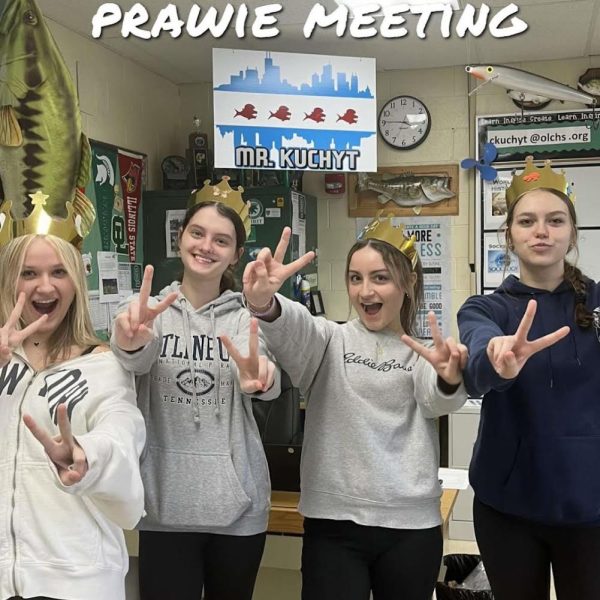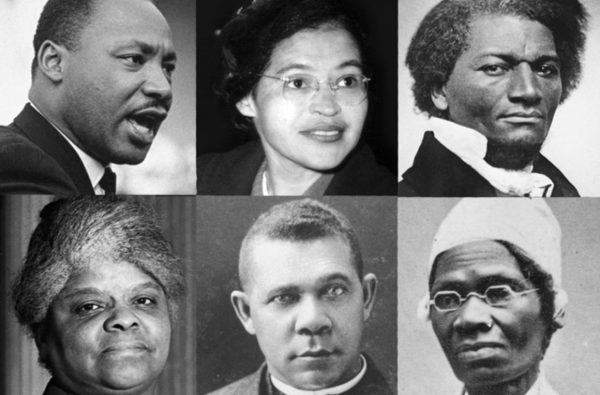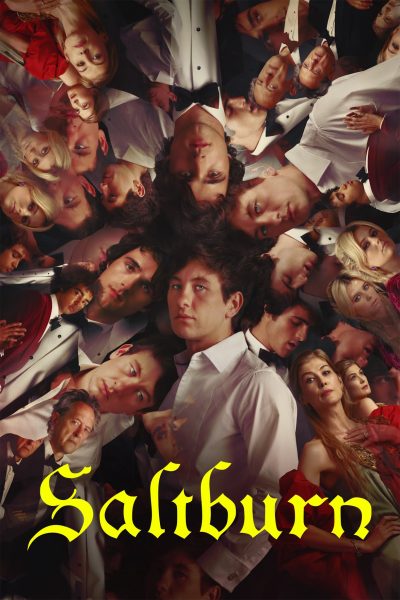Valentine’s Day: A History
February 15, 2017
Valentine’s Day: A History
By Jules Rollberg
Valentine’s Day is universally known as a holiday meant for expressing your admiration and love for your friends, family, and significant others. Taking place on the 14th of February, some believe this special occasion is labeled as an overly commercialized holiday, created by card companies to increase business. Others think that Valentine’s Day is a heavily Christian holiday meant to celebrate the martyr, St. Valentine. However, the real roots of this holiday are very mysterious and unknown to most of the people who celebrated it.
The origins of Valentine’s Day lie within the ancient Pagan holiday of Lupercalia. Circa 270 A.D., Lupercalia was a fertility festival meant to honor Faunus, the Roman god of agriculture, and the legend of the founders of Rome, Remus and Romulus. They were allegedly raised by a lupa, or she-wolf. Lupercalia took place during the ides of February (February 15th) and a ritual was carried out by the Luperci, a group of Roman priests. First, they would gather at a sacred cave to sacrifice a goat for fertility, and a dog for purification. Next, they would take the hides of the goat, soak it in its blood, and run out into the streets to lather the hides all over women. They believed that caressing the women of the town would increase luck in terms of fertility and crop growth. Then the festival would take place, where people partied all day long and towards the end of the festival, a raffle would be held where women placed their names into an urn. Then, the young men of the town would pick names and be destined to spend the year with the lady he picks. Most of these matchmaking raffles were successful, and ended in marriage. Lupercalia was a very popular holiday amongst Pagans, but it was considered unethical by those who believed in Christianity, which was quickly becoming more widespread at the time.
Pope Gelasius outlawed Lupercalia in the fifth century, replacing it with St. Valentine’s Day, an honorary Christian feast that would take place every 14th of February. It was then the holiday became affiliated with religion. The church recognized three St. Valentines, but the most well known one was a third century priest who performed forbidden marriages after Emperor Claudius outlawed it so his soldiers would have less emotional connections to wives and children, therefore becoming more effective as warriors. Unfortunately, Valentine was caught for his unlawful, but noble deeds, and was executed by the emperor. For his martyrdom, Valentine was recognized as a saint and patron of love. St. Valentine’s feast day, however, wasn’t associated with love for several more centuries.
In 1537 Valentine’s Day was declared an official holiday by King Henry VII. The French and English believed during the 1600s that February 14th marked the start of bird mating season, so Valentine’s Day should be a celebration about love. Since then, the holiday grew in popularity. It’s traditions took a little longer to catch on, but there were firsts for everything. The oldest known Valentine was written in 1415 by Charles, Duke of Orléans, to his wife while he was captured in the London tower during the Battle of Agincourt. During the Victorian era it was bad luck to sign Valentine letters, so secret admirers would sign an X and kiss it, which was the origin of XOXO. In addition, red roses became the flower of choice because the Roman goddess of love, Venus, was said to prefer that type of flower. It didn’t become common to exchange gifts and love notes with friends and lovers until the mid 1800s. The first heart shaped box of chocolates was also produced during this time by Richard Cadbury. Soon after, the first mass produced valentines, made with lace, ribbons, and colorful paper, were sold by the “Mother of the Valentine” Esther A. Howland. These historical firsts shaped Valentine’s Day into the kind-hearted, yet commercialized holiday it is today.
Modern day, this holiday brings in lots of money for flower, card, and candy companies. Every Valentine’s Day, there are at least 35 million chocolate boxes sold, 189 million roses are sold, an average of 220,000 proposals take place, and one billion cards are sent, almost beating Christmas at 2.6 billion cards. Furthermore, 15% of women send themselves flowers every year and 3% of pet owners buy valentines for their pets. Overall, despite the bloody origins behind Valentine’s Day, it’s still one of the sweetest holidays of the year. Hopefully this historical article has given you insight on why and how this holiday has become the way it is.











